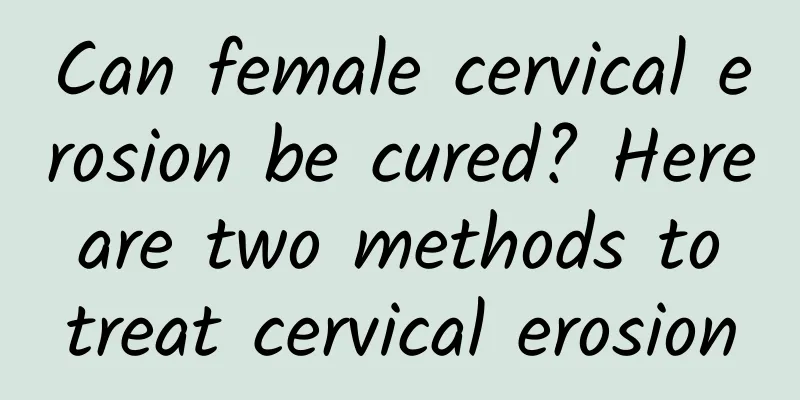Ovarian cysts, what are the complications?

|
Ovarian tumors Although the ovaries are small in size , they are the organs most prone to tumors . The number of tumor types is also the highest among all organs in the body . Ovarian cancer is a common gynecological disease . It can occur at any age , but is more common in women of childbearing age . Because the ovaries are located in the pelvic cavity , they cannot be directly observed , and there are no symptoms in the early stages . There is a lack of good early diagnosis and identification methods . Once a malignant tumor is found , it is often in the late stage . Therefore, to date , the 5- year survival rate of ovarian cancer is still only 25%-30%, making it the most threatening disease among gynecological tumors . Tumor pedicle torsion About 10% of ovarian tumors are torsion . The condition for ovarian tumor pedicle torsion is that the tumor pedicle is long and the tumor is fist-shaped . Ultrasound examination shows that the head is as large as the fetal head , and there is no adhesion to the surrounding tissues . The tumor is easy to move in the abdominal cavity. Cystic teratomas, mucinous and serous cystadenomas are most likely to have pedicle torsion . The pedicles of these tumors are generally longer and the center of gravity is biased to one side . The tumor body is easily affected by intestinal peristalsis or changes in body position and rotates . Many patients complain that they have done activities such as getting up or bending over before the onset of pain, but sometimes the patient wakes up due to the onset of pain ( it may also be caused by turning over in sleep or intestinal peristalsis ). If the patient with ovarian tumor is pregnant , the tumor pedicle torsion often occurs in the first half of pregnancy or after delivery . Because the ovarian tumor rises into the abdominal cavity with the uterus in the second trimester , it has more room for movement than before in the pelvic cavity , resulting in a shrinkage of the uterus and a relaxation of the abdominal wall . The ovarian tumor has more room for movement , so it is also easy to have pedicle torsion . Rupture and puncture The former refers to the cyst rupture or squeeze , and its contents overflow into the abdominal cavity ; the latter refers to the cyst contents eroding the cyst wall and entering the abdominal cavity , such as the papillary protrusions of serous cystadenomas or cancers that penetrate the tumor wall . The rupture rate of ovarian tumors is about 3%, and malignant teratomas are most likely to rupture . Spontaneous rupture is more common . Due to rapid growth , the local blood supply of the cyst wall is insufficient , and the incremental cystic fluid breaks out from the weak part of the cyst wall and overflows into the abdominal cavity . Different tumor contents can cause different consequences in the abdominal cavity , and in the process of forming these conditions, it can cause complex inflammation, intestinal adhesions and even intestinal obstruction . Through the above introduction Ovarian cysts |
<<: What are the symptoms of tumorous ovarian cysts?
>>: Learn about the examination items for ovarian cysts.
Recommend
Detailed explanation of the main factors causing pelvic inflammatory disease
There will be a series of inflammations in the pe...
Women must be alert to the causes of cervical hypertrophy
In life, many women may suffer from cervical hype...
What are the preparation procedures before painless abortion surgery?
As life becomes more open, many women need to use...
What should I pay attention to during pregnancy with pelvic effusion?
Many women are troubled by pelvic effusion, becau...
Does ovarian cyst affect pregnancy? What are the main symptoms?
Will ovarian cysts affect pregnancy? What are the...
Cysts after miscarriage: Is it normal or something to pay attention to?
🌸Miscarriage is a major challenge to a woman'...
Obesity increases cancer risk, most commonly uterine cancer
Stop indulging in fat! Many people know that obes...
What are the symptoms of left ovarian cysts and what medicines can be used to treat them?
Left ovarian cyst is a common benign tumor of the...
What is the diet like after uterine fibroid surgery?
"What are the dietary precautions after uter...
Unmarried girls should also pay attention to vaginitis
Sexual intercourse is the main cause of vaginitis...
What is related to miscarriage? 8 factors that lead to miscarriage
Any pregnancy that ends before 28 weeks is called...
What are the causes of pelvic inflammatory disease?
Pelvic inflammatory disease has a certain impact ...
Flywheel weight loss is popular! Correct riding to prevent knee injuries
[Key Points]: On hot days, people begin to shift ...
How should patients with pelvic inflammatory disease eat?
Pelvic inflammatory disease does not happen to pa...
Some common sense to pay attention to in regulating irregular menstruation
How to regulate irregular menstruation is a conce...









